.
.
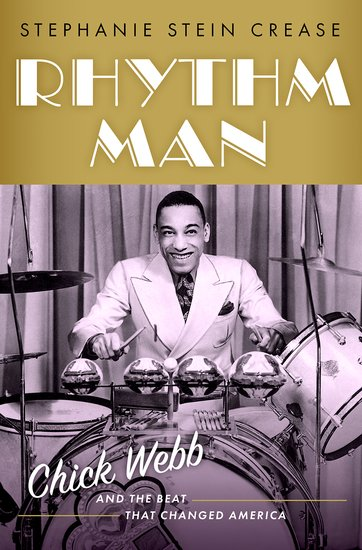
Rhythm Man: Chick Webb and the Beat that Changed America
by Stephanie Stein Crease
.
___
.
…..William Henry “Chick” Webb (1905-39) was one of the first virtuoso drummers in jazz and an innovative bandleader dubbed the “Savoy King,” who reigned at Harlem’s world-famous Savoy Ballroom. Along with the likes of Duke Ellington, Fletcher Henderson, and Cab Calloway, Webb helped create the popular dance and music culture, known as Swing, that swept the United States during and after the Great Depression and left an indelible impact on American culture. Having moved to Harlem from Baltimore during the Harlem Renaissance, Webb’s creativity, charisma and persistence enabled him to navigate the harsh realities of racism and show business, lifting not only himself to stardom but also bringing other future legends-namely vocalist extraordinaire Ella Fitzgerald and R&B trailblazer Louis Jordan-along with him. But at the peak of his fame, at just 34 years of age, his life was cut short by the chronic spinal tuberculosis that had left him four feet tall with a hump on his back.
…..Stephanie Stein Crease – who among her credits wrote an acclaimed biography on Gil Evans – is the first to fully tell Webb’s story in her biography, Rhythm Man: Chick Webb and the Beat that Changed America. Her book traces his story in full, showing how his skills and innovations as a bandleader helped catalyze the music of the Swing Era and the growing big band industry, allowing Webb to become one of the most influential musicians in jazz history.*
…..An interview with Ms. Crease will appear on Jerry Jazz Musician in the near future. Meanwhile, with her gracious consent – and that of her publisher, Oxford University Press – the book’s introduction is published here in its entirety.
.
.
___
.
.
From Rhythm Man by Stephanie Stein Crease. Copyright © 2023 by Stephanie Stein Crease and published by Oxford University Press. All rights reserved.
.
.
…..Chick Webb was the indisputable King of the Drums, and King of the Savoy Ballroom, where he and his band rose to national fame in the 1930s. In the Savoy’s thrilling band battles, Webb was fiercely competitive and loved the fight. Trumpet player Roy Eldridge, who also rose to prominence in that decade, said that Webb “ran all the other bands right out of there.” Webb’s long- time trombonist Sandy Williams vividly recalled how Webb made the band “go into training like we were prizefighters, the brass would be upstairs, the saxes somewhere else. He knew what he wanted and he’d keep after you until he got what he wanted.”
…..This book is the first to tell the complete story of William Henry “Chick” Webb (1905– 39), innovative drummer and bandleader in Harlem, who ushered an unknown teenage vocalist named Ella Fitzgerald to stardom, making his band one of the most popular bands in the country. While many people still recognize Fitzgerald’s inimitable and beloved voice, Webb’s name is not well known today. But his influence still resonates wherever crowds of people dance to a great band playing with power and unity.
…..Webb’s story, like that of Fitzgerald and many other legendary Black musicians, is that of a resilient person whose persistence, creativity, and entrepreneurism enabled him to navigate his way from his family’s working class roots in East Baltimore through the harsh realities of racism and show business. His life was cut short when chronic illness finally overcame him at age thirty- four. He died in June of 1939 in the beginning of an East Coast tour, at the peak of his band’s success. By then his dreams as a bandleader— national recognition for him, Ella, and his musicians, most of whom had been with him since leaner times— had been realized.
…..Before Webb hired Ella Fitzgerald, he reigned at the Savoy Ballroom, the nation’s trendsetting crucible of music and dance styles in Harlem, and his band was often heard on live radio broadcasts. He was a forward- thinking virtuoso on drums, and leading drum companies endorsed him and customized their newest equipment for him as his career ascended. His oversized bass drum was hand- painted with an image of his face with a wide smile that could light up the globe, topped off with a jeweled crown. His last set was a drummer’s dream, the Gretsch- Gladstone combination, every detail top of the line down to the lustrous pearl finish, with sparkling chicks. Night after night, seated on his drummer’s throne, he made thousands of people dance in the world’s most demanding ballroom.
…..Behind that smile, Webb often hid struggles he had dealt with all his life. His small stature— he was barely four feet tall— and hump on his back were due to spinal tuberculosis, which he had contracted as a child. When the band’s performing schedule was nonstop in the late 1930s, he concealed intense physical pain from his bandmates, his closest friends, and even his wife. Periodically, his pain and related ailments would compel him to return to Johns Hopkins Hospital in his hometown of Baltimore, where he’d been treated since childhood.
…..For years, Webb also struggled to have the best dance band not just in Harlem but on the national stage, as his peers Duke Ellington and Cab Calloway had managed to do. But some of his best musicians, whom he had money and steadier pay. For Webb, keeping his band going and full of fresh talent in the intense world of big band swing was a battle.
…..The Chick Webb everyone knew was an optimistic showman and unique musician with a biting sense of humor. Self- pity was completely foreign to him. This four- foot musical powerhouse never viewed himself as diminutive. For those who knew and worked with him, he was a fighter and a giant who took chances on people, notably Ella Fitzgerald.
…..Webb’s achievements were many and varied, deserved and hard- won. He was one of the most influential drummers of the Swing Era, particularly to Gene Krupa, Jo Jones, and younger drummers like Max Roach, Kenny Clarke, and Art Blakey. His virtuosity on drums and his other percussion instruments elevated the drummer to a jazz artist through the bebop years and beyond. Several of his early hires, in addition to Ella Fitzgerald, have had a lasting impact on American jazz and pop music. Saxophonist Johnny Hodges and trumpet player Cootie Williams became two of Duke Ellington’s star soloists; Cuban trumpet player Mario Bauza was a force in the development of Afro- Cuban jazz; saxophonist and singer Louis Jordan formed the Tympany Five in the late 1930s, laying the groundwork for rhythm and blues and rock ‘n’ roll. Edgar Sampson, saxophonist, composer, and arranger, wrote “Stompin’ at the Savoy” and other pieces for Webb that became anthems of the Swing Era when covered by bandleaders, Black and white.
…..This book traces what one could call the Musicians’ “Great Migration,” which was enfolded in the massive migration of Black Americans from the rural South to northern cities starting in 1910. New York City and Harlem were magnets for performers from the early 1920s into the ’30s, and still are. In the 1920s, New York was also a hothouse for the burgeoning radio and recording industries and music publishing. Dance halls, ballrooms, and nightclubs dotted the map. The business of dance bands— Black and white— became an industry in itself as the early dance bands of the 1920s morphed into the great jazz big bands of the Swing Era. Webb’s musicianship and growth as a bandleader were in tandem with those developments.
…..Researching and writing about Chick Webb was challenging. But it was far less daunting and challenging than Webb’s own journey when, in late 1924, he left his hometown of Baltimore with his drums, his best friend/ guitarist John Trueheart, and a handful of connections to enter the competitive world of Black musicians in Harlem and New York. Again and again, Chick Webb took chances on musicians, advances in musical directions, his own developing virtuosity, and his community.
…..I took a chance on writing this book, knowing that there was not the huge trove of documentation and footprints— musical and otherwise— that were resources for biographers of other jazz masters. Fortunately, my research took place during an explosion of digital resources. Newly digitized issues of prominent historical Black Newspapers, such as the Baltimore Afro- American, the Chicago Defender, the Pittsburgh Courier, and the Amsterdam News were a valuable asset. Their entertainment and cultural reporters covered Webb’s entire career, including his first appearances at the Savoy Ballroom, the Lafayette Theater, the Apollo Theater, and radio broadcasts. Their columns and articles appeared a decade before DownBeat Magazine came into existence, or its writers paid much attention to Chick Webb.
…..What I hope has emerged from my research is a group portrait, centered around Webb, that comprises a Webb archive created from many different resources. This encompasses Webb’s family life and early years in Baltimore, his lifelong health issues, and his life and career in Harlem, which traversed the high years of the Harlem Renaissance to the creative swing music- and dance movement of the 1930s that he helped foment. Webb settled in Harlem as it was becoming a beacon for writers, journalists, political activists, artists, and entertainers and musicians of the highest order.
…..I grew up in New York, a city of music, and I cannot express what a gift this city has provided me, especially a love and appreciation of jazz. None of its jazz soundscapes would have come about without the music of Chick Webb and Ella Fitzgerald. I am indebted to many other musicians, dancers, authors, scholars, and institutions that have helped preserve this legacy and the cultural world of Harlem in the 1920s and 1930s. The late Frankie Manning, Norma Miller, Al Minns, Conrad Gale, Helen Clarke, and other Savoy regulars were friends with my partner Robert Crease, and I learned from the reminiscences and insights that they passed on to him. I also had the unforgettable pleasure of seeing Frankie and Norma dance in person often, and of hearing their stories myself. My research was enriched by many visits to the Schomburg Center for Research in Black Culture, where I was a fall 2020 Scholar- in- Residence; the Institute for Jazz Studies, where I was a Berger- Carter- Berger Research Fellow, 2018– 19; and the Library for Performing Arts, Lincoln Center. This book explores the stories of several people involved in the music and entertainment business, such as Moe Gale, owner of the Savoy Ballroom, whose Jewish family emigrated from Eastern Europe in the late 1800s, as did my family. I hope it sheds light on the racial inequities Webb and others faced off against, while bringing so much excitement and joy to countless people.
…..Many jazz books and resources mention Chick Webb, his influence, and his intersections with Ella Fitzgerald and other musicians, but they scarcely scratch the surface of his cultural surroundings and his impact. By the end of his short life, Webb was recognized as one of America’s most popular musical stars and a cultural hero. Over the past few decades, his story has tragically receded from view. The aim of this biography is to restore Chick Webb’s centrality in the development of American jazz and popular music. There he is, in the middle of his band’s front line, leading his musicians and thousands of dancers from his drummer’s throne.
.
.
From Rhythm Man by Stephanie Stein Crease. Copyright © 2023 by Stephanie Stein Crease and published by Oxford University Press. All rights reserved.
.
.
___
.
.

Stephanie Stein Crease is a jazz historian, author, editor, and former Senior Jazz Coordinator for the Jazz Arts Program, Manhattan School of Music. She is the author of Gil Evans: Out of the Cool (ASCAP/Deems Taylor Award), Duke Ellington: His Life in Jazz, and, most recently, Rhythm Man: Chick Webb and the Beat that Changed America.
.
.
Listen to the 1935 recording of Chick Webb and His Orchestra performing “I’ll Chase the Blues Away,” which features Ella Fitzgerald in her first recording session. [Universal Music Group]
.
.
___
.
.
Click here to read other book excerpts
Click here to subscribe to the Jerry Jazz Musician quarterly newsletter
.
*Text from the publisher
.
.
___
.
Jerry Jazz Musician…human produced (and AI-free) since 1999
.
.
.









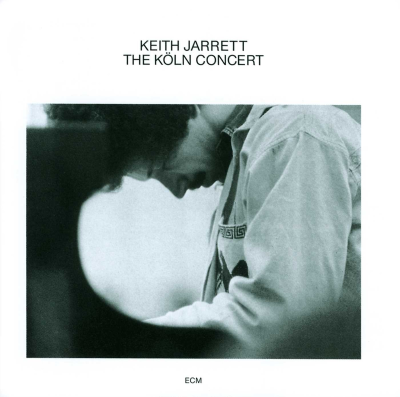




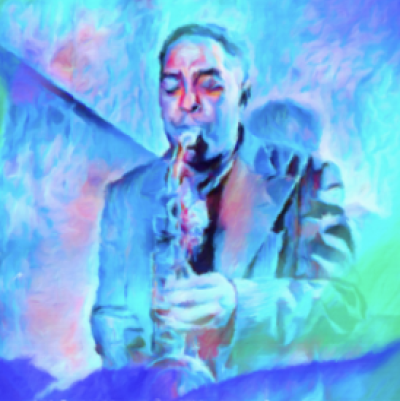
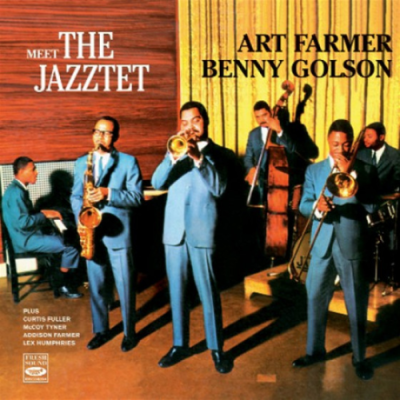




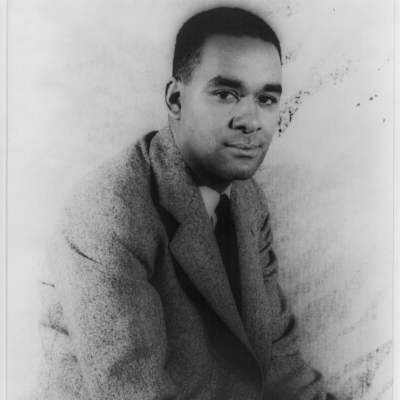
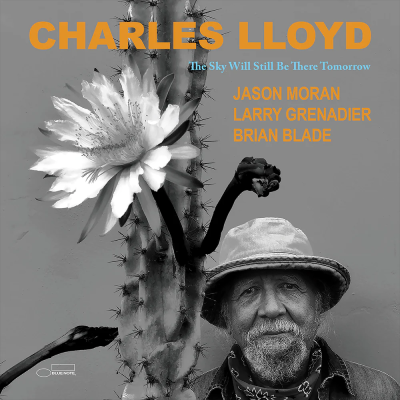
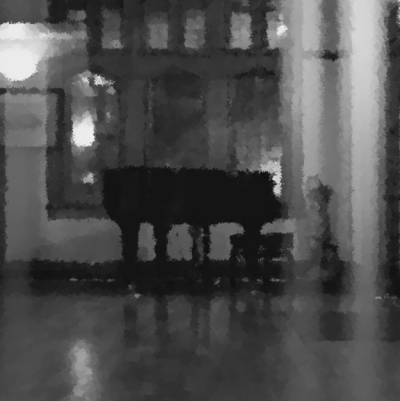




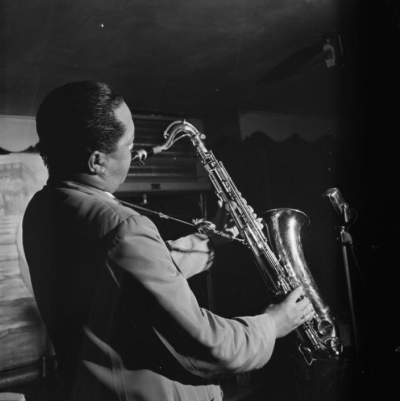



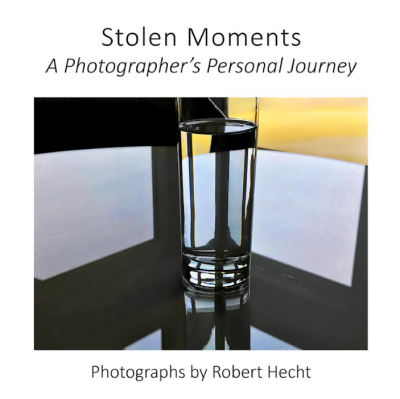









This Webb piece suggests a listen to the latest album by Taj Mahal, “Savoy”…a sweet tribute to the classic music hall where the parents of Henry Saint Clair Fredericks, Taj, met on the dance floor long ago.